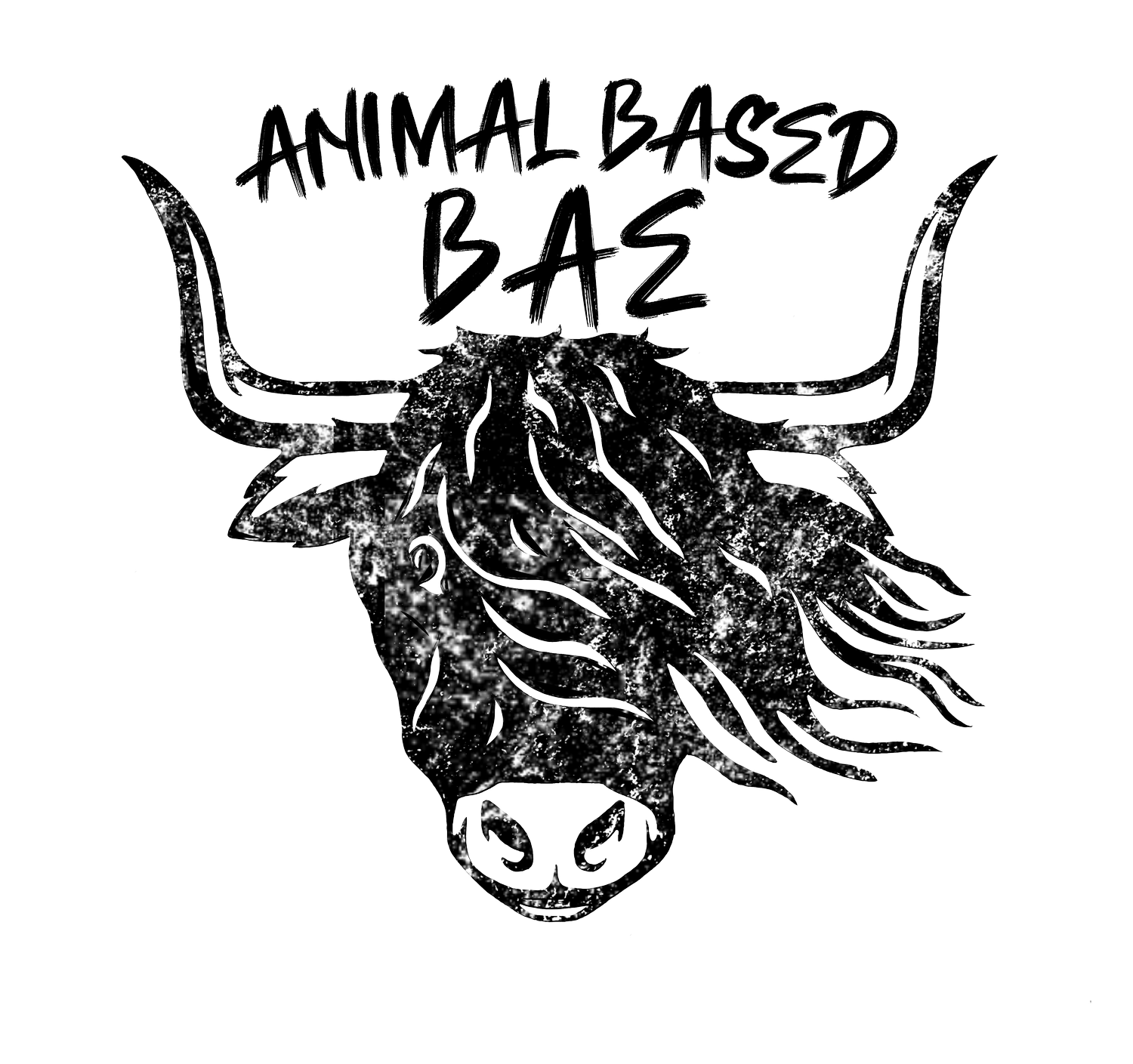Listening to Your Body
Lately, I’ve been diving deep into inflammation—not just as a concept, but as something I’ve been feeling in my own body. Between taking on new physical challenges, pushing mental limits, and meeting professional demands, I’ve noticed my body starting to resist. But instead of seeing this as a full stop, I’m using it as an opportunity to rethink my approach and really listen to what my body is trying to tell me.
The Grind That Sparked It All
A few months ago, I went full throttle—grinding hard at work, skimping on sleep (which is SO unlike me), and escaping into binge-watching TV shows. My guilty pleasure? Seal Team. Ironically, one of their mottos stuck with me: “Work the problem.” That was my lightbulb moment—I needed to stop numbing the discomfort and start solving the issue.
The result of ignoring it? Stress spiked, sleep went haywire, and inflammation crept in. My energy dipped, recovery slowed, and my body couldn’t keep up. It was clear that my habits were out of alignment, and it was time for a reset.
Recognizing Patterns & Making Changes
I realized inflammation wasn’t just about my physical challenges—it was tied to how I’d been navigating life as a whole. To truly address it, I started peeling back the layers:
Sleep: Reinforcing bedtime routines and cutting back on late-night screens.
Stress Reduction: Setting smaller, more manageable goals instead of piling everything on at once.
Pacing: Breaking my “go-until-I-drop” cycle by scheduling breaks and enforcing hard cut-off times. Learning to just drop everything when needed has been a game-changer.
Switching Up Workouts: Pressing pause on super-heavy sessions for now. Exercise-induced inflammation can be beneficial, but not when paired with chronic inflammation. Balancing intensity with recovery is key.
Addressing Long-Term Pain
For years, I’ve managed a neck injury from my martial arts and gymnastics days with regular adjustments, massages, and gentle movement. It worked—until now. My new challenges pushed my neck to a breaking point, and the old tools weren’t cutting it anymore.
After conversations with my chiropractor, I finally agreed to imaging (yes, after years of avoiding it). I’ll be getting X-rays soon to truly understand what’s going on. In the meantime, I’m researching neck rehab techniques and reintroducing cold plunges (code: BAE500) into my routine. These aren’t quick fixes—they’re intentional steps to reduce inflammation and prepare my body for what’s ahead.
As we age, resilience doesn’t come as easily, so tools like these aren’t just about recovery—they’re an investment in staying strong and ready for life’s challenges ongoing.
Recovery Tools That Work
Rebalancing doesn’t mean stopping; it means adapting. Here’s what I’ve been leaning on to stay active while focusing on recovery:
Lymphatic Flow: Morning trampoline rebounding and evening dry brushing to keep things moving.
Sauna Therapy: Daily sessions in my sauna blanket (code: BAE15) to reduce inflammation and promote relaxation.
Red Light Therapy: My Bon Charge NIR Face-mask (code: BAE15) has been a game-changer. After a recent nose injury, just two sessions eliminated the pain completely—it felt like instant Wolverine-level healing! Going to snag the NIR blanket for full body healing!
Phenolic Olive Oil Shots: Incorporating high-quality olive oil (code: BAE5) into my diet as part of my anti-inflammatory routine.
IV Supplements: Bringing back nutrient support I hadn’t used in years to speed up recovery and energy levels.
Cold Plunge: (code: BAE500) This one’s tough, but the results are instant. It’s gotten away from me lately, but I’m committing to folding it back into my routine—hard as it may be.
The Power of Testing & Data
With lingering symptoms, I knew it was time for deeper insights. Though I’d been delaying blood tests for months (blame stress), I’m now stabilizing my habits to ensure the results are accurate. After all, if you don’t know what’s wrong, how can you fix it? So, my blood tests are schedule next week!
One major focus? Sleep. It’s the foundation of recovery, cell regeneration, and overall well-being. Getting it back on track is non-negotiable.
Work the Problem
Chronic inflammation is a signal—a chance to pause, reassess, and adapt. What worked before might not work now, and that’s okay. Growth requires evolving alongside your body’s needs.
For me, that means addressing my injury, refining my habits, and leaning into tools that help me rebuild stronger. If you’re feeling off, take time to check in—whether through testing, professional advice, or simply tuning in to your body. With the right mindset, we can overcome challenges and thrive.
One last thing I’ve realized? It’s not just about my body—I haven’t checked in with my purpose in a while. I plan to explore that before the year ends, and I’ll share more about that journey another time.
For now, I’m rebalancing and gearing up for the next challenge.
Progress doesn’t mean ignoring the problem or coming to a halt—
it means working the problem.

